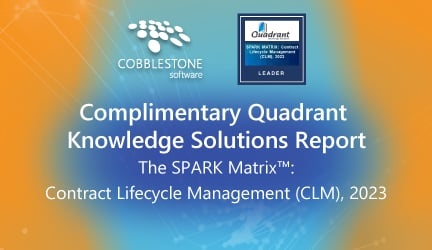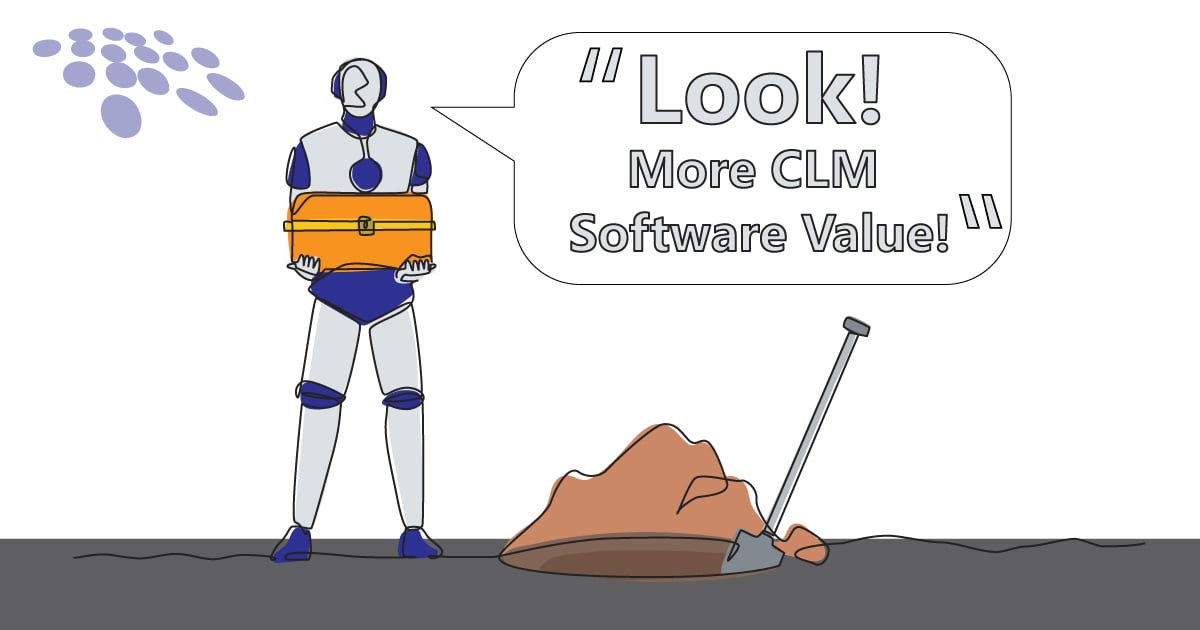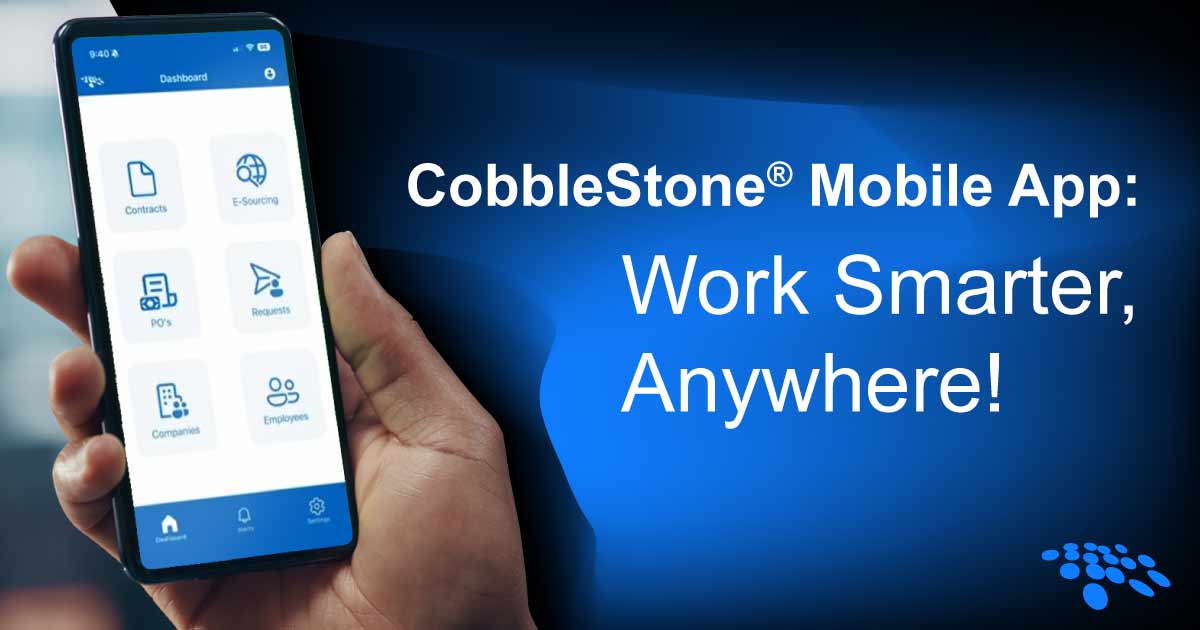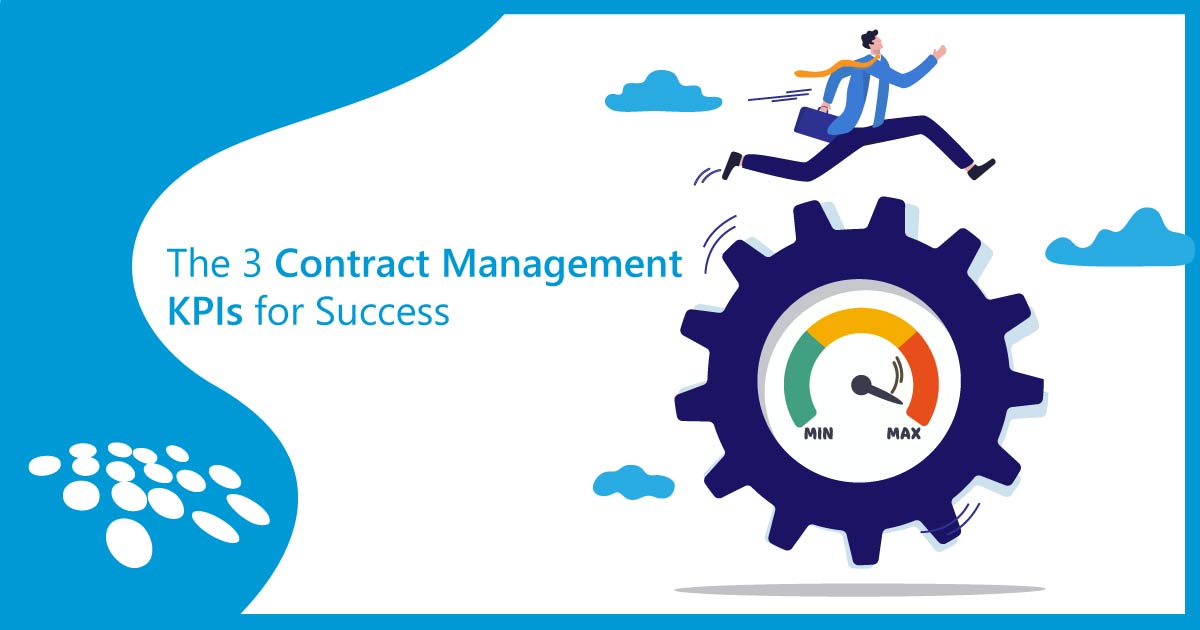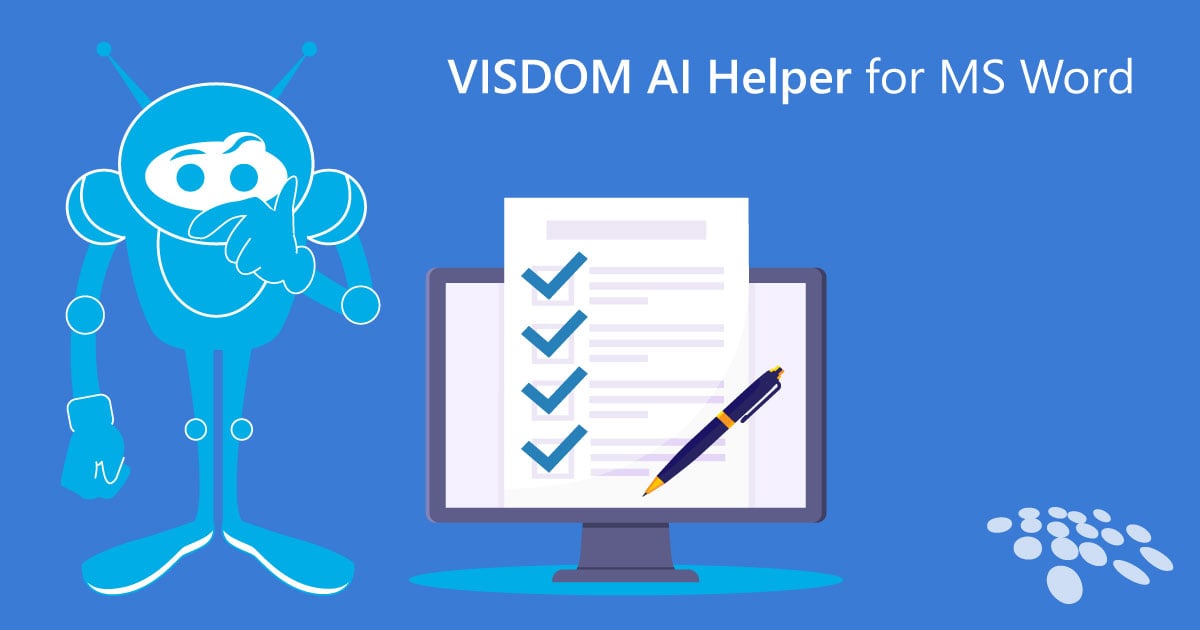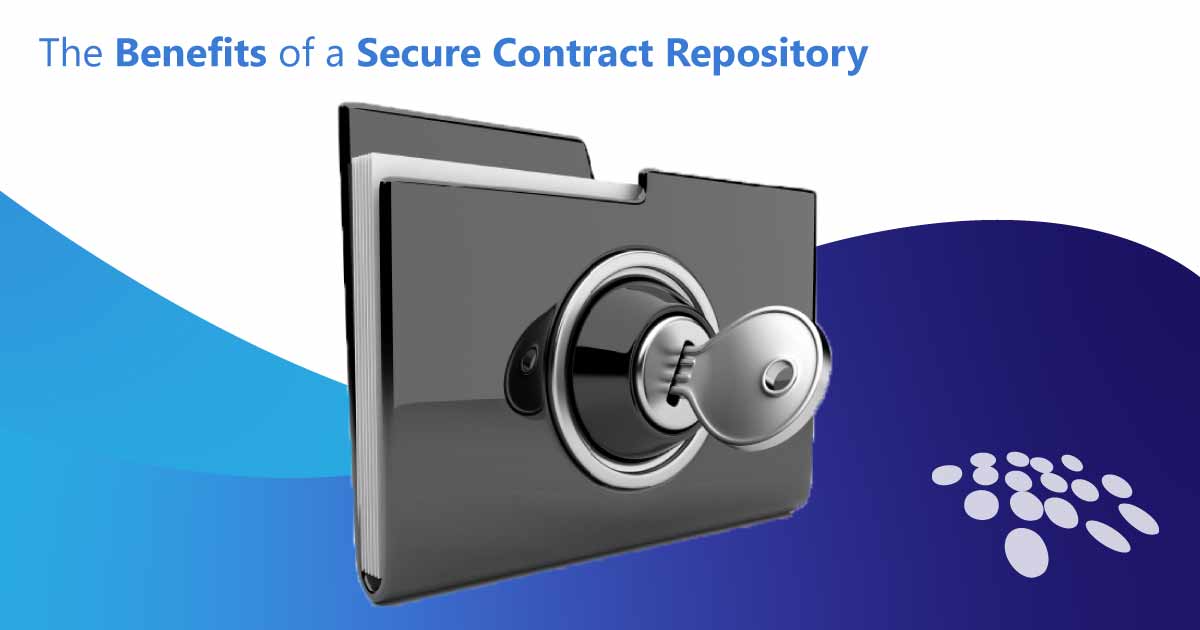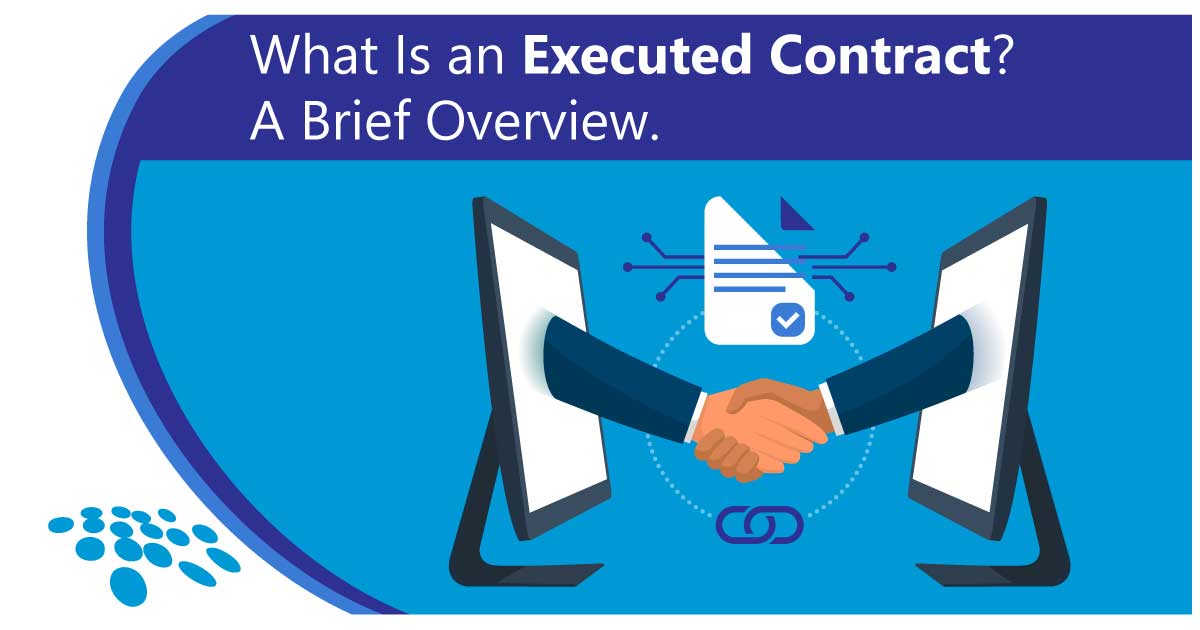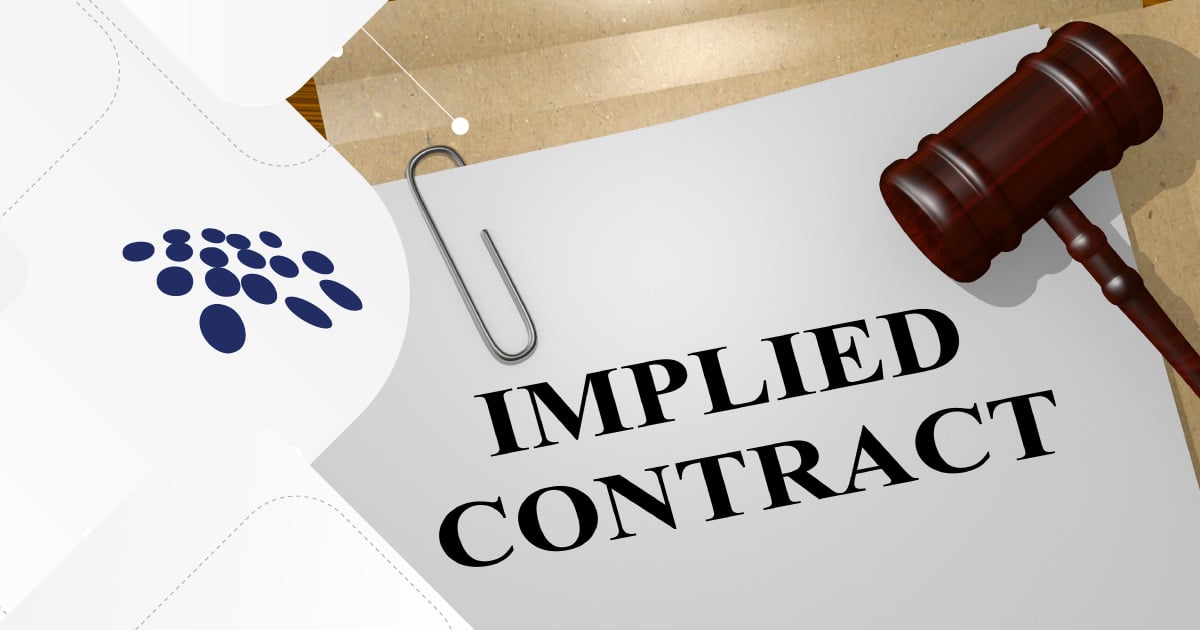
Union negotiations are critical for maintaining a harmonious work environment and ensuring operational continuity. Still, they are fraught with challenges. From understanding the nuanced demands of union representatives to managing extensive contractual obligations, the stakes are quite high. Organizations frequently grapple with finding the optimal negotiation style that balances assertiveness with diplomacy and efficiency with comprehensiveness. In these challenging situations, having the right strategies and tools becomes paramount.
As such - in this blog - let's explore various negotiation styles suited for union negotiations, identify common pain points, and demonstrate how leveraging the best tactics can streamline these complex processes. The right approaches can lead to more effective and amicable outcomes, and unions can receive what they deserve.
Scenario: When Negotiation Approaches Fail
A sizeable manufacturing company, "Midclay Manufacturing," is entering a critical round of union negotiations. The company - under pressure to maintain productivity and reduce costs - adopts an aggressive negotiation style. Led by a hardnosed negotiator, the management team approaches the table with the desire to win rather than collaborate. They present a new contract with significantly altered working conditions and reduced benefits, hoping to push it through quickly.
However, this approach backfires...
The union reps - understandably feeling cornered and undervalued - respond with comparable aggression. They highlight the unfairness of the proposed terms and rally the workforce; heightened tensions and the threat of strike subsequently follow. Instead of being a platform for mutual agreement, the negotiations turn into a battleground of egos and power plays.
Midclay Manufacturing faces the risk of operational shutdowns, negative press, and a demoralized workforce as the situation escalates. The company's aggressive approaches to negotiations are aimed at short-term gains but overlook the long-term implications of strained labor relations and potential reputational damage.
The scenario above underscores the need for a balanced and strategic negotiation process. In order to succeed, Midclay should have used different negotiation tactics. By understanding the priorities of its union counterparty and developing a strategy that fostered mutual respect and collaboration, Midclay could have avoided the pitfalls of improper styles of negotiation. The organization could have worked toward sustainable and positive labor relations.
Union Negotiation Types To Avoid
For union negotiations, certain styles can prove detrimental rather than beneficial - often leading to strained relations and unproductive outcomes.
The Confrontational Style of negotiation is characterized by rigid demands and a lack of willingness to compromise. As seen in our Midclay Manufacturing scenario, this style can escalate tensions and lead to stalemates or even strikes. There is no room for conflict resolution and problem-solving. Effective negotiation is impossible thanks to overly competitive negotiators rather than collaborative negotiators.
The Passive Approach sees companies acquiescing to all union demands without adequately representing their interests, long-term relationships, and sustainability. This disproportionate focus on accommodating negotiators on the other side can lead to unsustainable agreements that may harm the company's financial health and operational efficiency.
Lastly, the Avoidance Style is marked by a company delaying discussions or neglecting key issues. This style can create an atmosphere of distrust and uncertainty - ultimately hampering the relationship and leading to unresolved conflicts.
The acknowledgments of the weaknesses of these strategies are examples of avoiding negotiation styles that hinder successful negotiations. They lack the balance and foresight needed for successful union negotiations.
The Flipside: Types of Negotiation Skills That Create Success
Adopting an alternative to a negotiated nightmare that would result from the styles mentioned above is essential to navigate the delicate balance of union negotiations successfully. To start, the two basic types of negotiation are highlighted below.
The Collaborative Style focuses on finding a win-win solution for both parties. This approach involves active listening, empathy for the union's concerns, and working together to find mutually beneficial solutions. It's about creating value for both the company and its employees while ensuring sustainable and positive outcomes.
Principled Negotiation emphasizes separating the people from the problem and focusing on interests rather than positions. This style aims to generate various options before deciding on a solution while insisting that the agreement is based on objective criteria.
There are other negotiation strategies as well. Integrative Negotiations seek to integrate the interests of all parties into a creative solution. Adaptive Negotiations involve adjusting strategies as the negotiation progresses.
Each style can transform union negotiations from a point of contention into an opportunity for growth and collaboration.
Key Takeaway
Mastering union negotiations requires more than just the right approach; it demands the support of powerful tools. Enter CobbleStone Contract Insight® contract management software.
CobbleStone® has the right tools for negotiation excellence. Intelligent workflow automation helps ensure timely and coordinated task fulfillment. A pre-approved clause library that can merge contract language with pre-approved templates allows for quick adaptation and configuration of contract terms. Auto-redlining allows newly introduced clauses to be replaced with the preferred version of those same clauses - standardizing the process. Version tracking and audit trails with both internal users and external stakeholders essentially guarantee that companies and unions alike enjoy favorable terms without anything slipping through the cracks.
To see these negotiation tools and many other CLM tools in action, book a free demo of CobbleStone today!
*Legal Disclaimer: This article is not legal advice. The content of this article is for general informational and educational purposes only. The information on this website may not present the most up-to-date legal information. Readers should contact their attorneys for legal advice regarding any particular legal matter.






